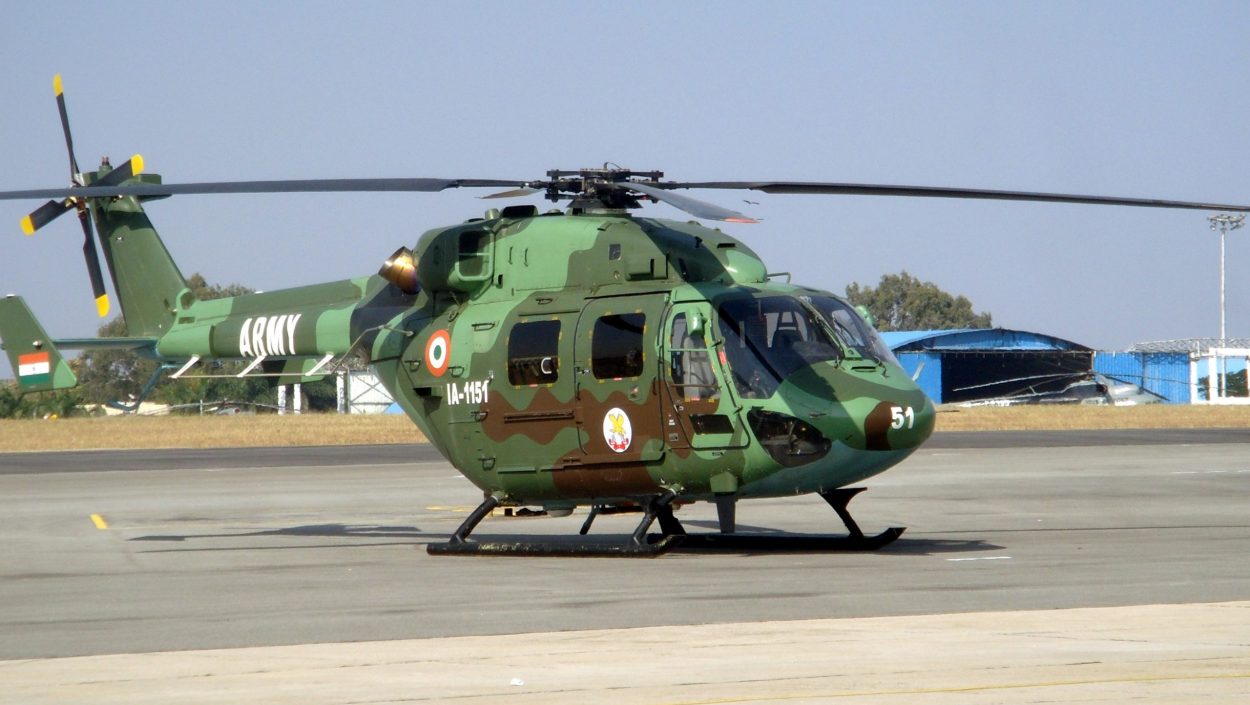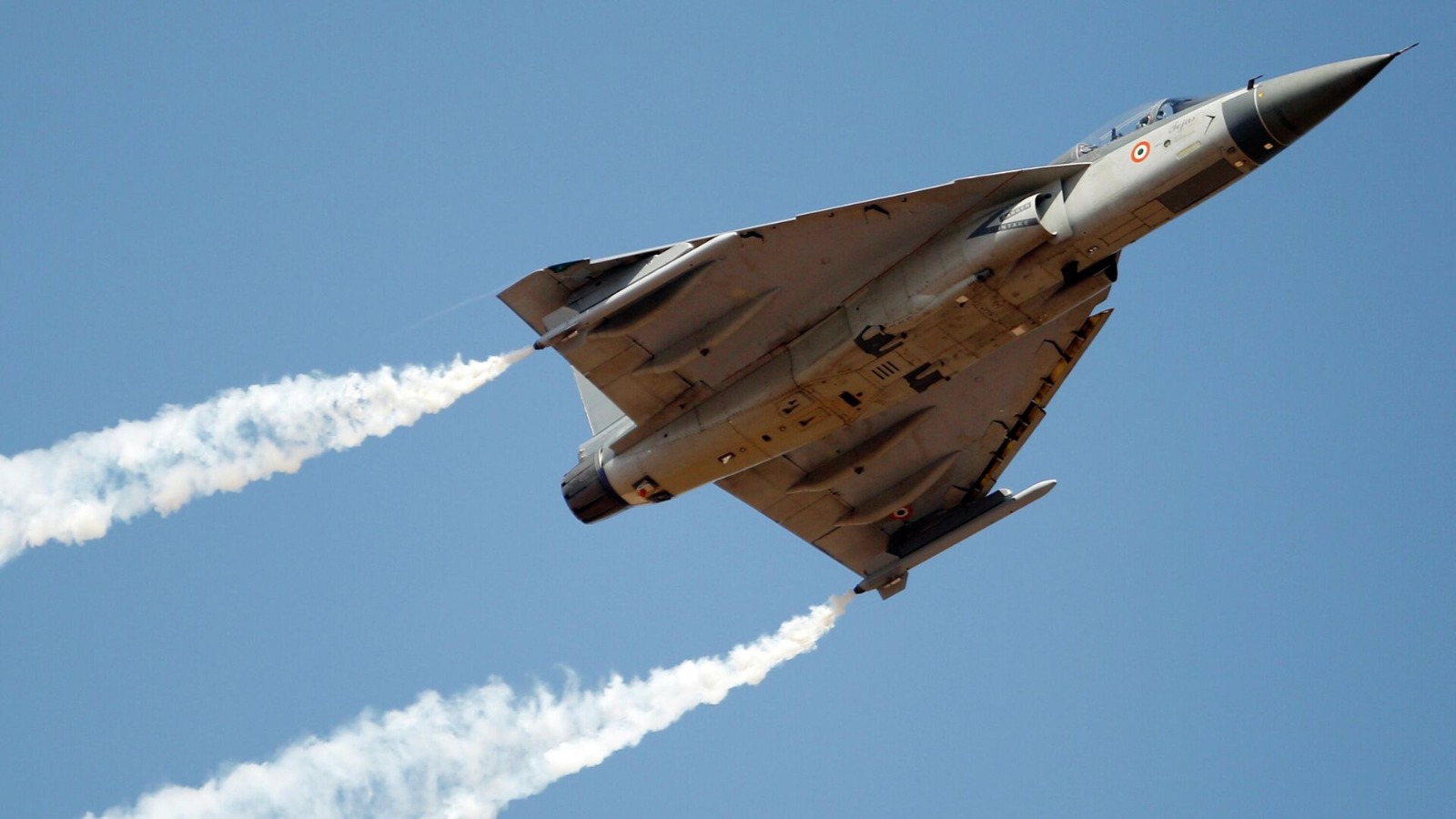Akash, Pinaka, BrahMos, Tejas – India Banks On ‘Big Weapons’ To Emerge As World’s Top 10 Defense Exporters

India is one of the largest weapons importers and is now looking to break into the exclusive club of weapons exporters. India’s defense exports crossed ₹21,000 crores ($2.63B) for the first time, Defence Minister Rajnath Singh recently announced. India banks of ‘Big Weapons’ to double its export that includes LCA Tejas, BrahMos Missile, Light Combat Choppers, Pinaka MLRS, Akash SAM etc.
Military exports have been a major goal for the defense industries worldwide. This helps the industry independently support its defense research and development and production without relying on government funding for its growth, development, and expansion.
Consequently, most of the defense industrial base in developed countries focuses on defense exports, with the top 10 defense exporters mainly from North America and Western Europe. From 2019 to 2023, the United States and Western Europe accounted for 72% of global defense exports.
Defense exports provide a country with monetary benefits and help strengthen its diplomatic relations with other nations. Countries with domestic defense industrial bases often prefer to export weapons to friendly countries.
Get AfriPrime Android Web View app....Click the link to Amazon app store to download https://rb.gy/3xek46
The Cold War era witnessed a remarkable example of Soviet arms supply to India, which helped the Soviets to strengthen their bilateral ties with India.
According to Fact Sheet 2024 of the Stockholm International Peace Research Institute (SIPRI), there are currently 66 countries in the world exporting arms. The top five arms exporters are the USA, France, Russia, China, and Germany, accounting for 75% of global defense exports.
Over the past decade, several new players, such as South Korea and Turkey, have joined the exclusive group of defense exporters. India is also striving to secure its position on the global arms export list. As a result, defense exports have been a central focus of the Indian defense industry since 2015.

As of 2020, India is ranked 23rd on SIPRI’s list of global arms exporters list. To further enhance India’s position in the arms export market, the Indian Government has taken several policy initiatives. Setting a target of $5 billion in defense exports by 2025 is a testament to the Government’s commitment to promoting India’s defense exports.
In March 2024, the Government released the numbers of defense exports for the financial year 2023-24. For 2023-24, India’s defense exports reached ₹21,083 Crores ($2.68 billion). For this year, 32.6% growth was registered compared with the previous financial year. The share of the private sector was 60% compared with 40% of the public sector.
Before 2015, the Indian defense industry was mainly focused on catering to the domestic demands of the Indian armed forces. As a result, defense exports were marginal. For 2013-14, exports were roughly around ₹686 Crore, which has grown to ₹21,083 for the year 2023-24, almost 31 times in the past decade.
India’s Defence Exports from 2014 to 2024
| Years | Export Value (INR) |
| 2013-14 | ₹686 |
| 2014-15 | ₹1941 |
| 2015-16 | ₹2059 |
| 2016-17 | ₹1522 |
| 2017-18 | ₹4682 |
| 2018-19 | ₹10746 |
| 2019-20 | ₹9116 |
| 2020-21 | ₹8435 |
| 2021-22 | ₹11067 |
| 2022-23 | ₹15918 |
| 2023-24 | ₹21,083 |
Source: Department of Defence Production, Ministry of Defence, Government of India.
India currently exports defense products to 84 countries. These include defense hardware such as patrol vessels, low-band radars, anti-tank weaponry, armored vehicles, torpedoes, bulletproof jackets, small arms, artillery guns, rocket launchers, sensors, and night vision devices.
Being part of the global supply chain, the defense sector also exports essential components to large manufacturers such as Boeing and Airbus. Thus, Indian defense exports are largely dominated by non-core technology-based products. Compared with core technology-based products such as fighter planes, submarines, and tanks, these systems are low-cost.
Get AfriPrime Android Web View app....Click the link to Amazon app store to download https://rb.gy/3xek46
Therefore, to increase the value of its exports, India needs to focus on high-end technology-based weapon systems. So far, India has successfully developed a few high-end technology defense products indigenously in all three domains of warfare.
In the air domain, India has developed a Light Combat Aircraft (LCA), Tejas, an Advanced Light Helicopter (ALH), Dhruv, a Light Combat Helicopter (LCH), Prachand, and a Light Utility Helicopter (LUH). In the land domain, it has developed the Main Battle Tank (MBT) Arjun and several howitzers and MLRS. Likewise, India has designed and constructed several vessels for offensive and defensive roles in the sea domain.

All these defense products are complete weapon systems, which means their exports include other auxiliary accessories. For example, fighter aircraft exports include a complete weaponry package, flight simulators, hangers, Line Replaceable Units (LRUs), and Maintenance Repair and Overhaul (MRO).
Exports of complete weapon systems lead to buyers’ lifelong dependency on keeping the system operational until its technical life. Thus, such exports ensure long-term revenue generation, which is not the case with the export of components and assemblies.
Therefore, to emerge as a key defense exporter in the international arms market, the Indian defense industry has to identify the potential market for its products. Accordingly, the focus must be on the development of such weapon systems.
Apart from developing high-value defense platforms such as tanks, fighter aircraft, and large displacement vessels, the Indian defense industry can work on developing weapons and ammunition that can be integrated into the existing aircraft, tanks, and vessels used worldwide.
The Israeli defense industry is a remarkable example. The industry develops various types of weapons and ammunition as a whole system, such as armored carriers, artillery guns, tanks, etc.
However, their defense industry also focuses on developing sensors, missiles, ammunition, combat systems, defensive mechanisms, radars, communication systems, and battle management systems that can be integrated with any platform, whether of Russian or Western origin.
These types of product-based exports heavily contribute to Israel’s overall defense exports. India has been a traditional buyer of Israeli-made systems. Several Israeli-origin weapons, ammunition, sensors, combat, management systems, and communication systems have been incorporated with French, Russian, and Indian platforms used by the Indian armed forces.
Get AfriPrime Android Web View app....Click the link to Amazon app store to download https://rb.gy/3xek46

Thus, the Indian defense industry must focus on the potential market and offer the products accordingly.
To bolster defense exports, the Government of India can explore other policy alternatives such as a line of credit, expanding the role of defense attaches, Technology transfer followed by setting a production line in the buyer country, joint development, or production.
The Government of India is currently focusing on lines of credit and expanding the role of defense attaches to boost defense exports. At present, most of the exports proposed are under the line of credit mechanism.
Nonetheless, Indian-made defense products face multiple challenges in the international arms market, such as competition from established players, reliability, and after-sales service.
The sale of the ALH Dhruv helicopter to Ecuador was an epic example of how the Indian defense industry faced legal challenges from the buyer country in response to the aircraft’s crashes due to poor maintenance.
Therefore, the Government of India must address the core concerns of its defense industry. This includes research and development, production, quality control, and after-sales support. Only then can the goal of becoming a major arms supplier in the global market be achieved in the long run.
Get AfriPrime Android Web View app....Click the link to Amazon app store to download https://rb.gy/3xek46
- Questions and Answers
- Opinion
- Story/Motivational/Inspiring
- Technology
- Art
- Causes
- Crafts
- Dance
- Drinks
- Film/Movie
- Fitness
- Food
- Games
- Gardening
- Health
- Home
- Literature
- Music
- Networking
- Other
- Party
- Religion
- Shopping
- Sports
- Theater
- Wellness
- News
- Culture
- War machines and policy

